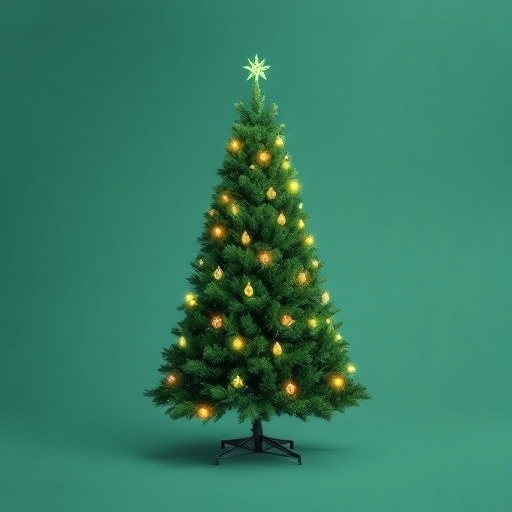Real or Fake Christmas Tree
Deciding between a real or fake Christmas tree depends on your personal preferences, lifestyle, and environmental priorities
What is real or fake Christmas Tree?
A real Christmas tree is a natural tree, typically evergreen species like fir, pine, or spruce, that is cut down and used for holiday decoration. A fake Christmas tree is an artificial tree made from materials like plastic, designed to mimic the appearance of a real tree.
Key Differences:
- Material:
- Real tree: Grown in nature; made of wood, needles, and sap.
- Fake tree: Made from metal and PVC (plastic).
- Source:
- Real tree: Comes from a tree farm or forest.
- Fake tree: Manufactured in a factory.
- Use:
- Real tree: Used once and then recycled or discarded.
- Fake tree: Reused year after year.
Real or Fake Christmas Tree
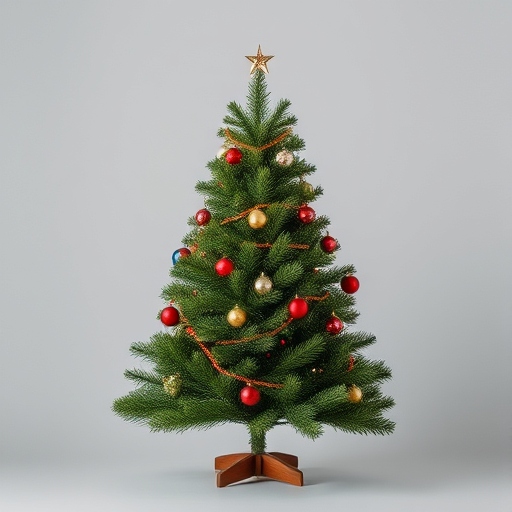
Real Christmas Tree
Pros:
- Authentic Feel & Smell: Nothing beats the nostalgic pine scent and natural appearance of a real tree.
- Eco-Friendly (if sourced sustainably): Real trees are biodegradable, and many farms grow them specifically for the holiday season, replanting after harvest.
- Supports Local Farmers: Buying a locally grown tree helps small businesses.
- Tradition: Going out to pick a tree can be a fun family activity.
Cons:
- Maintenance: Requires regular watering and needle cleanup.
- Limited Lifespan: Will only last a few weeks and must be disposed of afterward.
- Allergies: May trigger allergies or bring in pests.
- Environmental Impact (if not sustainably grown or disposed of): Cutting down trees without replanting harms the environment.
Fake (Artificial) Christmas Tree
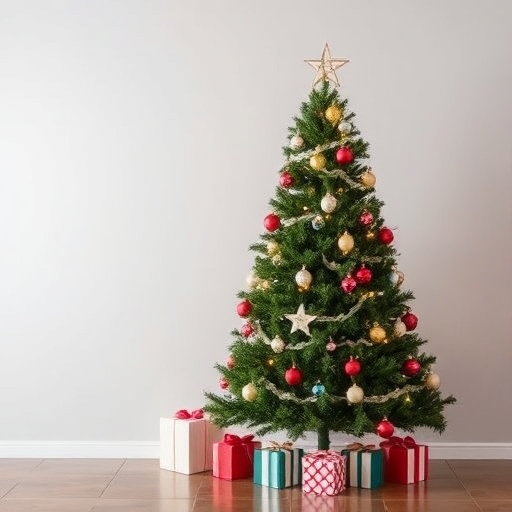
Pros:
- Convenience: No watering, needle cleanup, or disposal required.
- Reusable: Can be used for several years, reducing long-term costs.
- Variety: Available in various sizes, colors, and styles, some even pre-lit.
- Allergy-Friendly: No pollen or sap to worry about.
Cons:
- Environmental Impact: Made from non-biodegradable plastics and often manufactured overseas, resulting in a larger carbon footprint.
- Storage Space: Requires space to store the tree after the holidays.
- Lack of Authenticity: Doesn’t have the natural look, feel, or smell of a real tree.
Environmental Perspective
- If you reuse a fake tree for 7-10 years, its carbon footprint can become comparable to that of a real tree.
- A real tree that’s recycled into mulch or compost is often more sustainable than sending a fake tree to the landfill.
Verdict:
- Go real if you prioritize tradition, natural beauty, and supporting local businesses.
- Go fake if you value convenience, reusability, and cost-effectiveness over time.
benefit real or fake christmas tree
Here’s a comparison of the benefits of real and fake Christmas trees to help you choose the best option for your needs:
Benefits of a Real Christmas Tree
- Natural Aesthetic: A real tree offers an authentic, rustic look and feel.
- Fresh Pine Scent: Fills your home with a natural, festive fragrance.
- Biodegradable: Can be composted, turned into mulch, or recycled.
- Supports Local Farmers: Purchasing a real tree often benefits small businesses and local tree farms.
- Family Tradition: Picking out and decorating a real tree can be a cherished holiday activity.
- Eco-Friendly (if sustainable): Real trees are renewable, and farms replant trees regularly.
Benefits of a Fake Christmas Tree
- Convenience: No watering, needle cleanup, or disposal needed.
- Cost-Effective: Although the initial cost is higher, a fake tree can be reused for years, saving money over time.
- Customizable Options: Available in different sizes, shapes, colors, and even pre-lit designs.
- Allergy-Friendly: Ideal for people with allergies to tree pollen or sap.
- Durability: Lasts for many years if stored properly.
- Availability: You can find them in stores year-round, no seasonal rush.
Environmental Impact Comparison
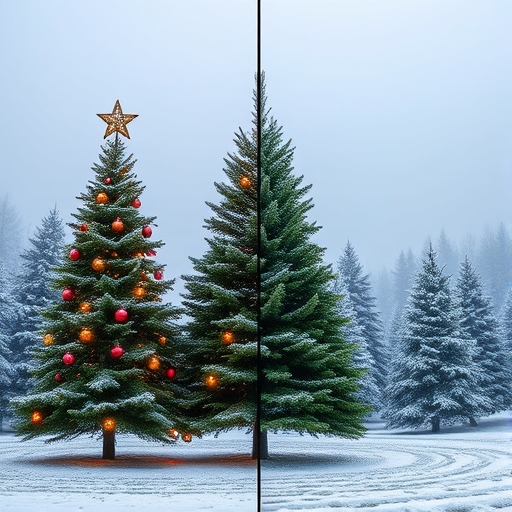
Real Tree:
- Renewable resource if farmed sustainably.
- Compostable and biodegradable.
- Recycling programs (chipping into mulch) reduce waste.
- Transport emissions depend on location.
Fake Tree:
- Non-renewable (made from PVC and metal).
- Non-biodegradable, often ending up in landfills.
- High energy use during production and shipping (often made overseas).
- Requires long-term use (7+ years) to balance its carbon footprint.
Types of Artificial Christmas Trees
Artificial trees come in a range of materials, colors, and styles, offering more flexibility than real trees.
PVC Trees
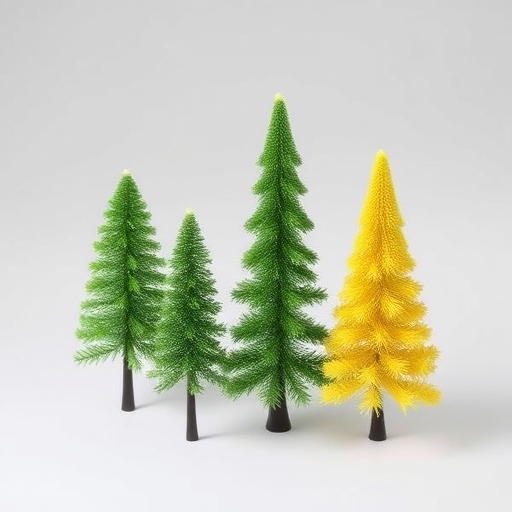
- Made from lightweight plastic.
- Affordable and durable.
- Available in traditional green or festive colors (white, silver, gold).
PE (Polyethylene) Trees
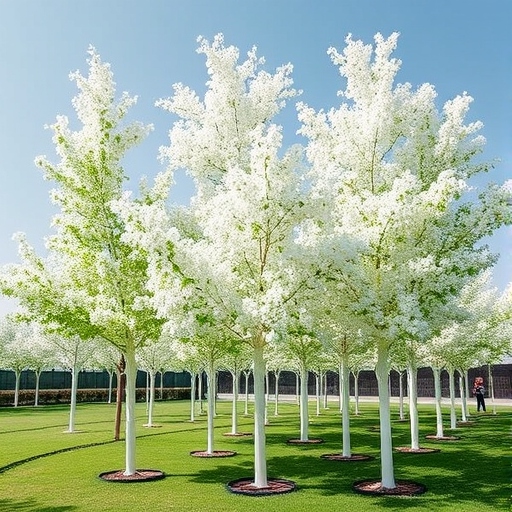
- Made with molded branches for a realistic look.
- Higher quality and more lifelike than PVC.
- Often mixed with PVC for a balanced appearance.
Pre-Lit Trees
- Built-in lights (LED or incandescent).
- Saves time on decorating.
- Available in various sizes and colors.
Flocked Trees
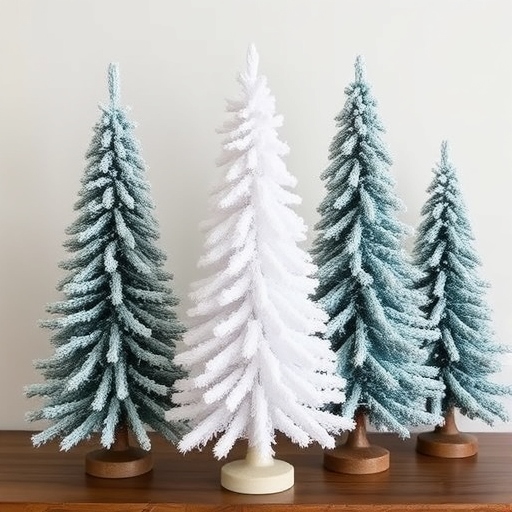
- Integrated, color-changing lights.
- Minimal decorating required.
- Great for a modern or colorful look.
Tabletop and Mini Trees
- Small, compact trees for apartments, offices, or secondary decorations.
- Available in real or artificial varieties.

